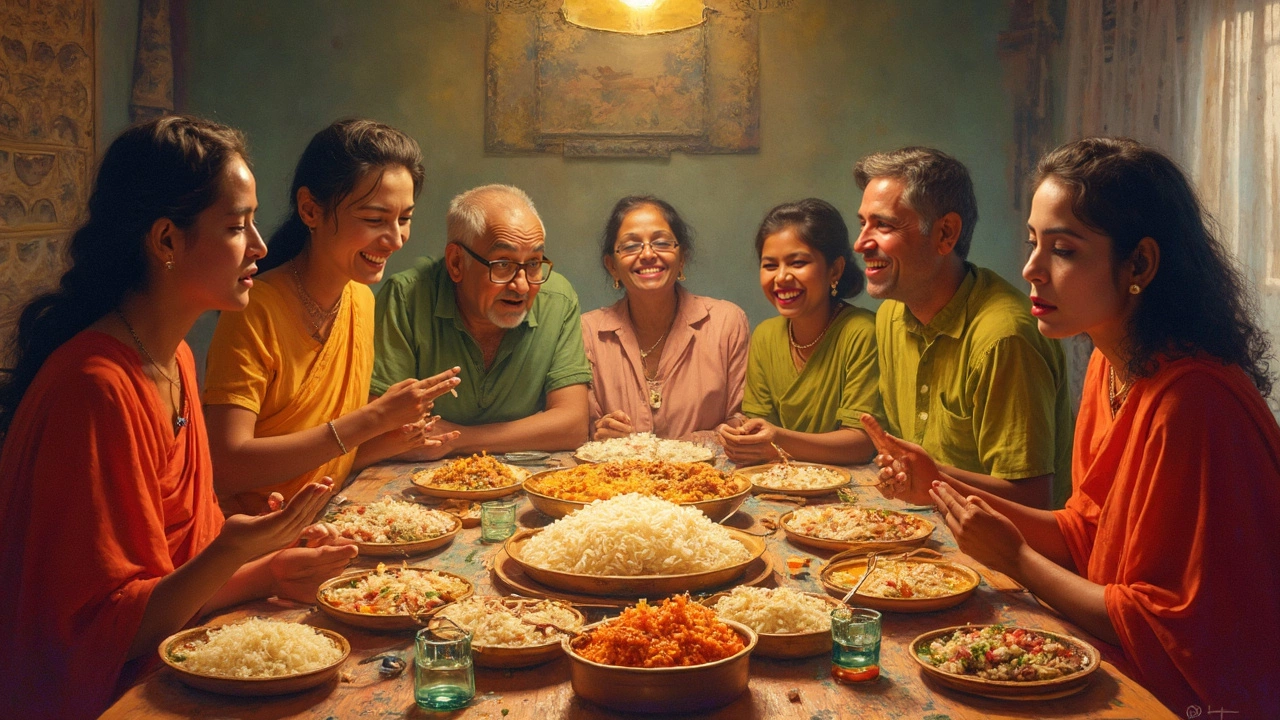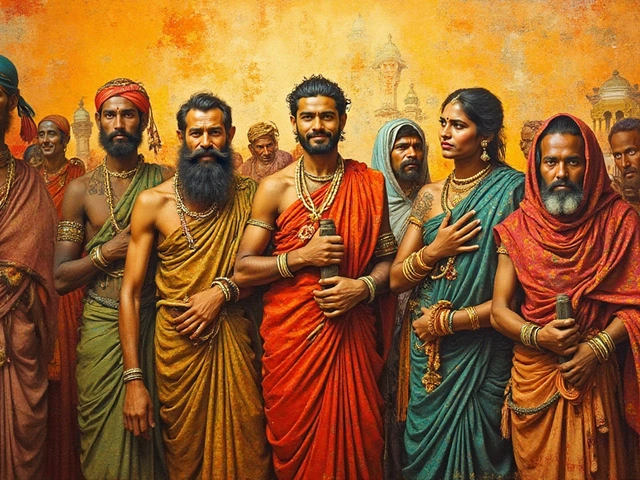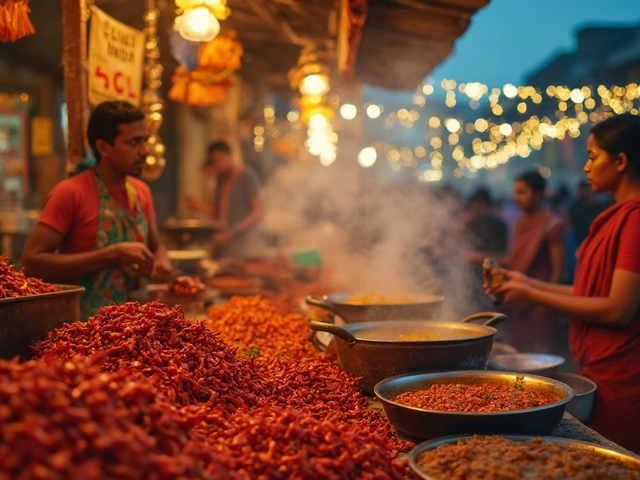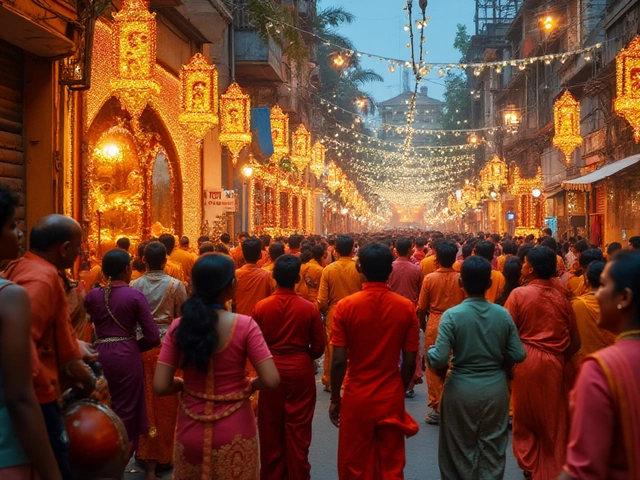Daily Diet in India: What People Eat, Why It Matters
When we talk about the daily diet, the pattern of foods consumed regularly by individuals in a culture, often shaped by geography, religion, and economy. Also known as everyday eating habits, it’s not just about nutrition—it’s about identity, ritual, and survival in a country as diverse as India. In rural Punjab, a person might start their day with makki di roti and sarson ka saag. In Tamil Nadu, it’s idli with sambar. In Bengal, it’s rice and fish. No two daily diets are exactly alike, yet they all share one thing: they’re built on staples that have fed families for generations.
The Indian staple foods, the foundation of meals across the country, including rice, wheat, lentils, and now millets aren’t just carbs—they’re cultural anchors. Rice dominates in the south and east, wheat in the north, and millets are making a quiet comeback thanks to health trends and climate resilience. Rice consumption India, averages over 100 kg per person annually in states like West Bengal and Kerala. In contrast, wheat consumption India, reaches its peak in Punjab and Uttar Pradesh, where rotis are eaten three times a day. Lentils—dal—are the protein backbone everywhere, whether it’s toor dal in the south or chana dal in the west. These aren’t random choices. They’re the result of soil, water, history, and faith.
Religion shapes what’s on the plate as much as the seasons do. Many Hindus avoid beef. Jains skip root vegetables. Sikhs eat langar—simple, shared meals—every day in gurdwaras. Even fasting days, like Ekadashi or Navratri, change the entire daily diet for millions. And then there’s the rise of processed snacks and urban fast food, quietly nudging aside traditional meals. But the core remains: if you want to understand India, look at its plates. Not the fancy ones for festivals, but the everyday ones—chipped bowls, steel thalis, hands eating rice.
What you’ll find below are real stories from real kitchens. From the millet revival in Rajasthan to why Gujarati families eat sweet breakfasts every morning, from how monsoons change lentil prices to why street food isn’t just cheap—it’s essential. These aren’t just food articles. They’re maps of how people live, eat, and survive across a continent disguised as a country.





